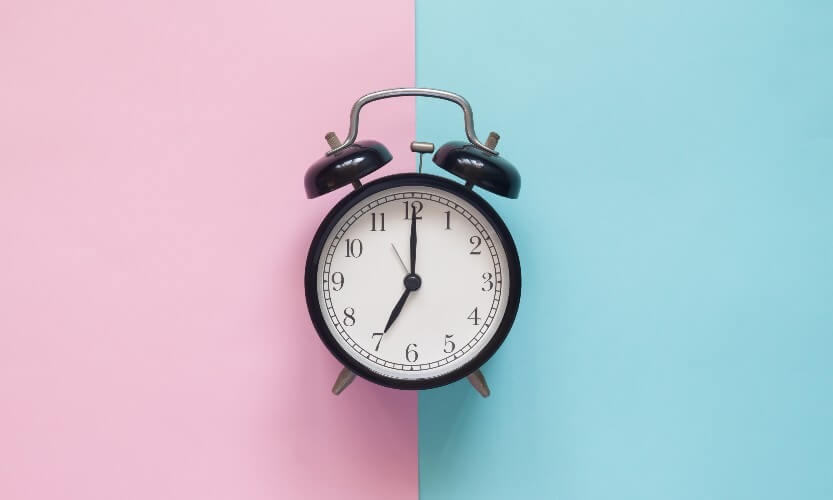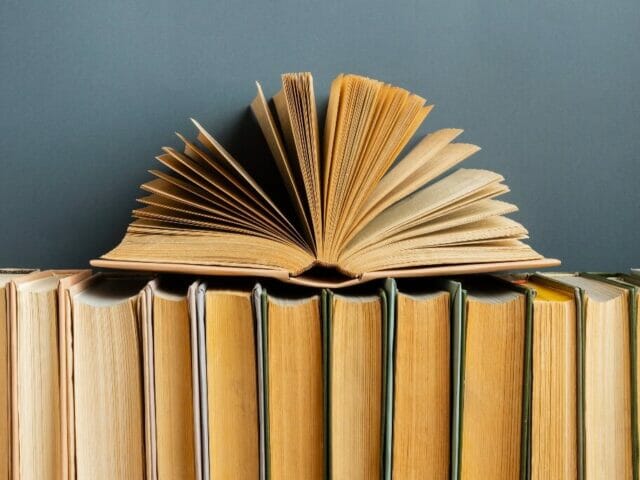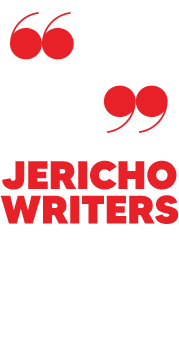When the word ‘trope’ comes to mind, we tend to think of something overused or reductive, as in recent years, tropes have been perceived as negative.
But in this article, we’re going to dig a little deeper.
We’ll look at some examples of tropes and how we can use them in literature, as we demystify literary tropes and answer some pressing questions regarding their function and use.
What Is A Trope?
A trope can either be a figure of speech or a recurrent theme or storyline, that a reader can relate to, but one that runs the danger of becoming a cliché if overused.
‘The chosen one’ is a popular trope in young adult and fantasy novels and basically explores how a character goes from being ordinary to extraordinary, case in point being Harry Potter.
When used effectively, tropes can help writers craft stories that resonate with their readers. They can add perspective, meaning and freshness to our writing.
Today, tropes can be divided in to classic and modern. Literary critics have a lot to say about common tropes, so it is pertinent that we look at what the purpose of a literary trope might be.
The Purpose Of Literary Tropes
When used properly, tropes can immediately elevate your writing, and also make your story more relatable.
If the reader senses that your story is veering towards a theme that they’re familiar with and enjoy reading, they know they’re likely to enjoy it.
While tropes are in constant danger of becoming clichés, which is probably why they get a lot of negative press, the fact remains that they can make our writing memorable.
Examples Of Literary Tropes
There are countless examples of classic and modern literary devices and tropes, and while it would obviously be impossible to list them all, we can at least discuss a few popular ones.
There are some that have become clichés like the wicked stepmother and the damsel in distress, but there remain plenty that can add to the story:
Metaphors
A metaphor is the art of describing one thing in terms of another for which it cannot be literally applicable.
‘He spoke to me with a wooden face’ means something else, but the implication in the figurative language is that the person was expressionless.

Hyperbole
Hyperbole is when we exaggerate for effect. It’s a very popular trope and used quite effectively in satire and humour.
Irony
Irony is when the literal meaning and expression is the opposite of its underlying meaning. It is a very useful technique that has been employed to great effect by writers across the world.
For example, a hypocrite preaching about the disadvantages of hypocrisy would be ironic. Similarly, if you’re feeling very ill and respond with ‘I’ve never felt better’ to someone asking about your health, you’re being ironic.
Litotes
Litotes is when two negatives are used to express a positive, like responding with ‘I’ve not been unwell’ instead of ‘I’m doing well.’
Love Triangles
The love triangle is a common trope in literature wherein two people are in love with the same person. Often overused, this is a very popular romance trope that adds an extra layer of tension.
The Twilight Saga
The Twilight Saga by Stephanie Meyer is an excellent example of the love triangle trope. Bella falls in love with Edward, but also finds herself drawn to Jacob. Throughout the saga, there is an undercurrent of jealousy and competition as Edward and Jacob try to win her over.
While we know deep down that Bella will probably choose Edward, Jacob’s love for her provides a lot of tension and keeps us turning the pages.
The Chosen One
The ‘chosen one’ trope is a staple in YA, science fiction, and fantasy novels (fantasy has lots of genre tropes), wherein a character – often the reluctant hero – goes from being ordinary to extraordinary.
The Hunger Games
In The Hunger Games, Katniss Everdeen goes from being an ordinary girl from District 12 to taking the place of her sister Primrose to compete in the Hunger Games. All of a sudden she’s gone from being an ordinary girl watching the new players being chosen to being ‘the chosen one’ herself. This trope is very useful in setting the tone of the story.
The Ticking Clock/Time Bomb
The ticking time bomb trope is used effectively in TV series, movies, and other forms of pop culture.
In this trope, there is usually a race against time where the characters need to fix a problem or everything will go up in flames.
24 and 2012
The television drama 24 made full use of this trope with each season spread over 24 hours, with the main protagonist having to solve a problem with a literal clock counting down the minutes.
Similarly, the popular film 2012 also uses this trope. In the film, it is estimated that the world as we know it will cease to exist in a matter on months and in order to save a portion of the human race, special ships are being made.
Not only does this kind of trope make everything more compelling, the sense of impending doom also prompts readers to keep turning the pages and causes viewers to stay glued to the screen.

Using Cities As Characters
Using a city as a character is a trope that can be found in many literary genres.
In this trope, the city is another character in the story. The city may be personified and given its own POV, or it may be a strong influential force.
The Bastard Of Istanbul
This trope is used to by Elif Shafak in her novel, where Istanbul is brought to life and portrayed as an ever-changing creature. It grows and shrinks, all the while taking on the feelings and emotions of the protagonist.
How To Use Tropes In Your Own Writing
Tropes can add a lot of depth and texture to our writing. However, it is essential that they’re used properly.
- The first step is to make sure the trope fits the story. Just because you’re writing a romance novel doesn’t mean you have to add a love triangle. Romance novels work just as well without them. The point is to use a trope that gives the reader some sense of familiarity, but only do so if the trope fits the story.
- Giving a twist to a familiar trope is an excellent way of infusing new life into a story. Psychological thrillers like Better Confess by Alan Gorevan and Gone Girl by Gillian Flynn turn the ‘the man did it’ trope on its head to give us a fresh and compelling perspective. This showcases their mastery over storytelling and helps elevate them in the eyes of readers as excellent writers.
- Fully understanding tropes is equally important. Instead of shying away from them because they’re sometimes considered to be lazy writing, we need to understand tropes and use them to make our writing immense. Not all tropes are clichés.
Frequently Asked Questions
What Are Literary Trope Examples?
There are various kinds of tropes, some classic and others modern. Metaphors, litotes, irony and hyperbole are some examples of classic tropes; while love triangles, ‘the chosen one’, ‘the wise old man’, and ‘the damsel in distress’ are examples of more modern tropes.
What Is The Purpose Of Tropes In Literature?
Tropes can get a lot of negative press, as they can easily become clichés, but they can also be used to elevate your writing and make it more compelling. A trope establishes familiar territory for a reader, but we can just as easily twist the trope on its head and create a fresh reading experience.
Using Tropes
There is no easy way to avoid tropes in creative writing. As a matter of fact, they shouldn’t be avoided at all, rather embraced.
Not only can they help set the scene for the overall story, but they can also make the story more compelling, tense and readable.
Hopefully this article will help you use tropes effectively in your own writing. Happy writing!
Jericho Writers is a global membership group for writers, providing everything you need to get published. Keep up with our news, membership offers, and updates by signing up to our newsletter. For more writing articles, take a look at our blog page.










